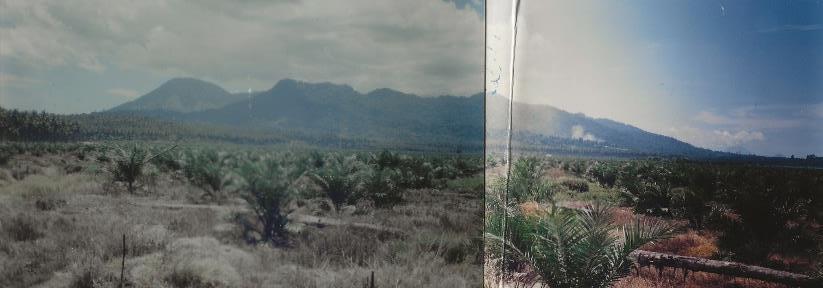
3 minute read
Land Use - National Agricultural & Industrial Development
from PNGAF MAGAZINE ISSUE # 9D 2 of 15th October 2021 THE DEVELOPMENT OF PNG'S FOREST MANAGEMENT SYSTEMS
by rbmccarthy
Land Use - National Agricultural and Industrial Development
Nationally in PNG, emphasis is given to agricultural and industrial development. The place of the forest (whether permanent or temporary) in relation to the picture of rural development is severely impacted.
Advertisement
Forests and the forestry sector have been contributing significantly to the overall economic development of the country. The forestry sector is a major contributor to GDP along with the mining and petroleum sectors, the fisheries sector, and the agriculture sector. As mining and petroleum are non-renewable sectors, forestry will increasingly be at the forefront in the coming years, together with fisheries and agriculture.
The forestry sector, and specifically SFM, will face major challenges and competition with the agriculture sector. Already there are many land-use conflicts between forestry and agriculture with the conversion of forest lands to agricultural lands. The absence of any intersectoral land-use planning in the country will make conflict between competing land uses inevitable.
PNG’s forests and forestry will continue to be impacted by:
• Traditional forest owners’ increasing needs and aspirations for development. • Increasing population. • Increasing demands for cash income to meet the costs of basic goods and services. • Infrastructure development. • Overall national economy with the government emphasis on forestry sector for economic development. • Regional and global wood demands. • Environmental issues including potential issues to mitigate climate change. • Adequate supply of raw materials (wood) including reforestation/afforestation activities. • Costs of fuel and shipping. • Labour costs. • Incentives to industry participants in the forestry sector. • Creation of enabling conditions by the Government. • Global wood and wood product prices. • Landowners’ willingness to enter into FMAs. • The ongoing landowners’ attitudes of conflicting interest in land use after entering into forest management agreements and their own internal conflicts relating to landownership pose threats to SFM.
PNG society is changing from a society based on traditional culture to one that is increasingly adopting western styles of living and conducting business. In doing so, the needs and wants of society are changing such as the need of the rural-based population wanting better education and health services.
To satisfy needs and wants, cash is needed and many people being rural dwellers do not have ready cash. But they do have forests, and forests can be converted to cash. Hence, there is a
tendency to approach the Government to facilitate the development of their forests to enable them to derive an income that will be used to meet their needs and wants.
According to the preliminary census figures for the year 2000, PNG’s population was just over five million. Eighty-five percent of the population live in rural areas. Population densities range from one person per square kilometre in remotest areas to over 500 persons on some small islands. Land shortages are increasingly common where the population density exceeds 100 persons/km². Between 1980 and 2000, the average growth rate was 2.7 percent per year. The total population has doubled over the last 30 years and is expected to double again in the next 30 years. By 2020, the population is expected to increase to 8 million.
This increase in population will obviously put pressure on all the natural resources, including forests. Rising populations will need to be fed. To do so more natural forests will likely have to be cleared, mainly through shifting cultivation. Forested areas that were in the past left untouched, such as the catchments, will be increasingly threatened to make way for food gardens.








